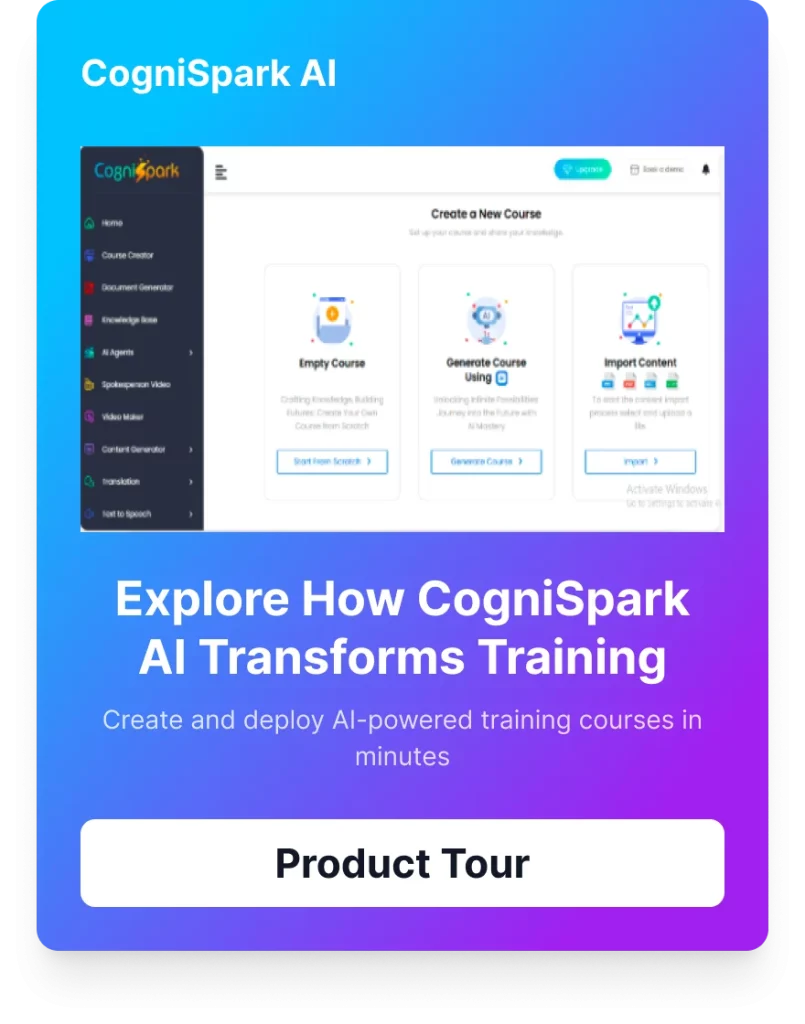Introduction
Imagine having a disability that makes it difficult or impossible to communicate through speech. For many individuals with disabilities such as cerebral palsy, dysarthria, or ALS, this is a daily reality. However, thanks to advances in artificial intelligence and natural language processing, individuals with disabilities now have the option to use AI-powered speech-to-text conversion tools to communicate their thoughts and ideas more easily and effectively.
What is AI-powered speech-to-text conversion?
Speech-to-text conversion, also referred to as speech recognition, is a technology that enables computers to understand and transcribe spoken words into written text. This is made possible through the use of machine learning algorithms that are able to analyze and interpret spoken language. This allows individuals who may have difficulty speaking to communicate by using their voice.
How does it work?
There are two main types of speech-to-text conversion tools: rule-based and machine learning-based. Rule-based tools rely on a set of pre-defined rules and patterns to transcribe speech, while machine learning-based tools use algorithms to learn and adapt to the unique patterns and characteristics of an individual’s speech over time.
To use an AI-powered speech-to-text conversion tool, the user simply speaks into a microphone or other recording device. The tool then analyses the spoken words and converts them into written text, which can be displayed on a screen or other device.
The benefits of AI-powered speech-to-text conversion
There are numerous benefits for individuals with disabilities. Some of the most significant benefits include:
Increased independence and autonomy
One of the most significant benefits is that it gives individuals with disabilities the ability to communicate more independently and autonomously. With these tools, individuals are no longer reliant on others to interpret or transcribe their spoken words, which can be a time-consuming and frustrating process.
Improved communication and social interaction
Another benefit of AI-powered speech-to-text conversion is that it can improve communication and social interaction for individuals with disabilities. These tools can make it easier for individuals to participate in conversations and discussions, both online and in person, which can help to reduce feelings of isolation and improve overall quality of life.
Increased access to education and employment opportunities
It helps to increase access to education and employment opportunities for individuals with disabilities. With these tools, individuals are able to communicate more effectively and efficiently, which can help to level the playing field and give them a better chance of achieving their goals.
Real-life examples of the impact of AI-powered speech-to-text conversion
There are numerous real-life examples of the impact that AI-powered speech-to-text conversion can have on the lives of individuals with disabilities. For example:
Amy Bosworth
Amy Bosworth is a software engineer and disability rights activist who was diagnosed with ALS (also known as Lou Gehrig’s disease) at the age of 27. After losing the ability to speak, Bosworth began using an AI-powered speech-to-text conversion tool called “Dictation Bridge” to communicate with her colleagues and friends.
With the help of this tool, Bosworth was able to continue working as a software engineer and even gave a TEDx talk about the importance of accessibility and assistive technology.
Ian Justiniano
Ian Justiniano is a high school student with cerebral palsy who uses an AI-powered speech-to-text conversion tool called “Braina” to communicate in class and complete his schoolwork. Justiniano says that the tool has greatly improved his ability to communicate with his teachers and classmates, and has even helped him to make new friends.
Katie McVay
Katie McVay is a college student with dysarthria, a condition that affects her ability to speak clearly. McVay uses an AI-powered speech-to-text conversion tool called “Dragon NaturallySpeaking” to communicate in class and complete her coursework.
According to McVay, the tool has made a huge difference in her ability to participate in class and has even helped her to improve her grades.
Conclusion:
In conclusion, AI-powered speech-to-text conversion tools can have a significant and positive impact on the lives of individuals with disabilities. These tools can increase independence and autonomy, improve communication and social interaction, and increase access to education and employment opportunities.
While there is still room for improvement in the accuracy and reliability of these tools, the benefits of AI-powered speech-to-text conversion for individuals with disabilities cannot be denied. As technology continues to advance, it is likely that these tools will become even more widespread and accessible, helping even more individuals with disabilities to communicate and participate in society.





















